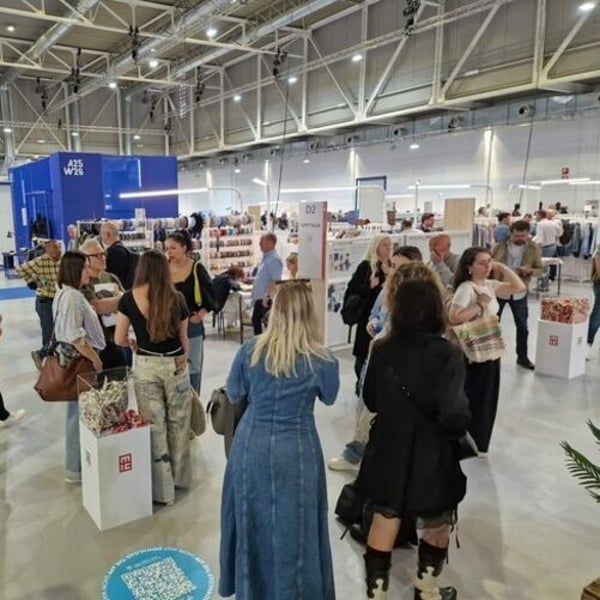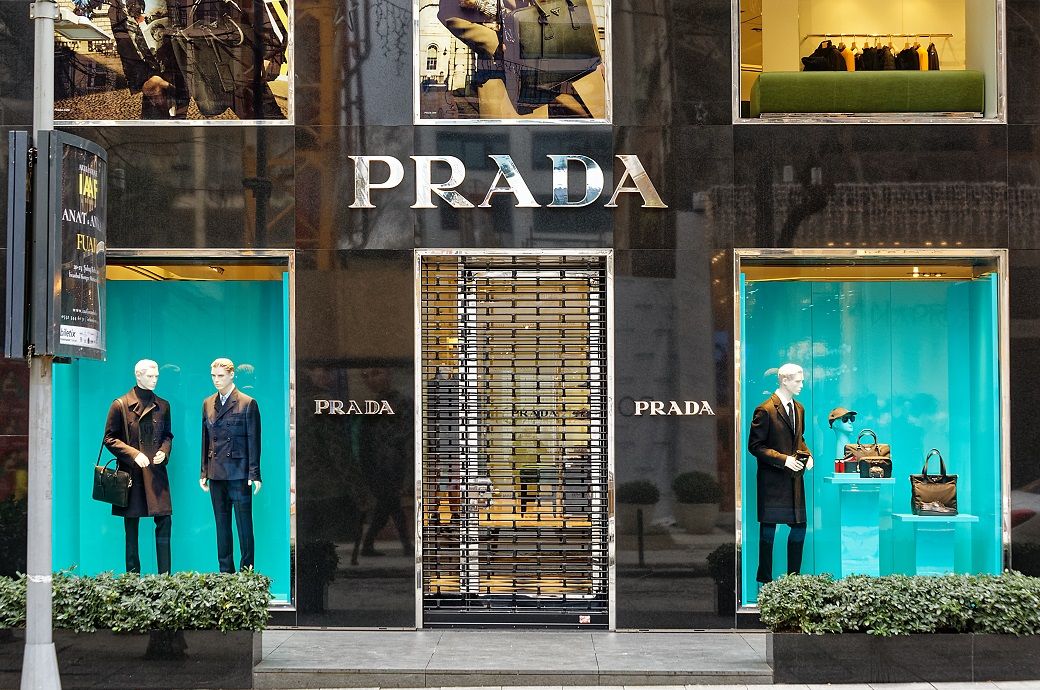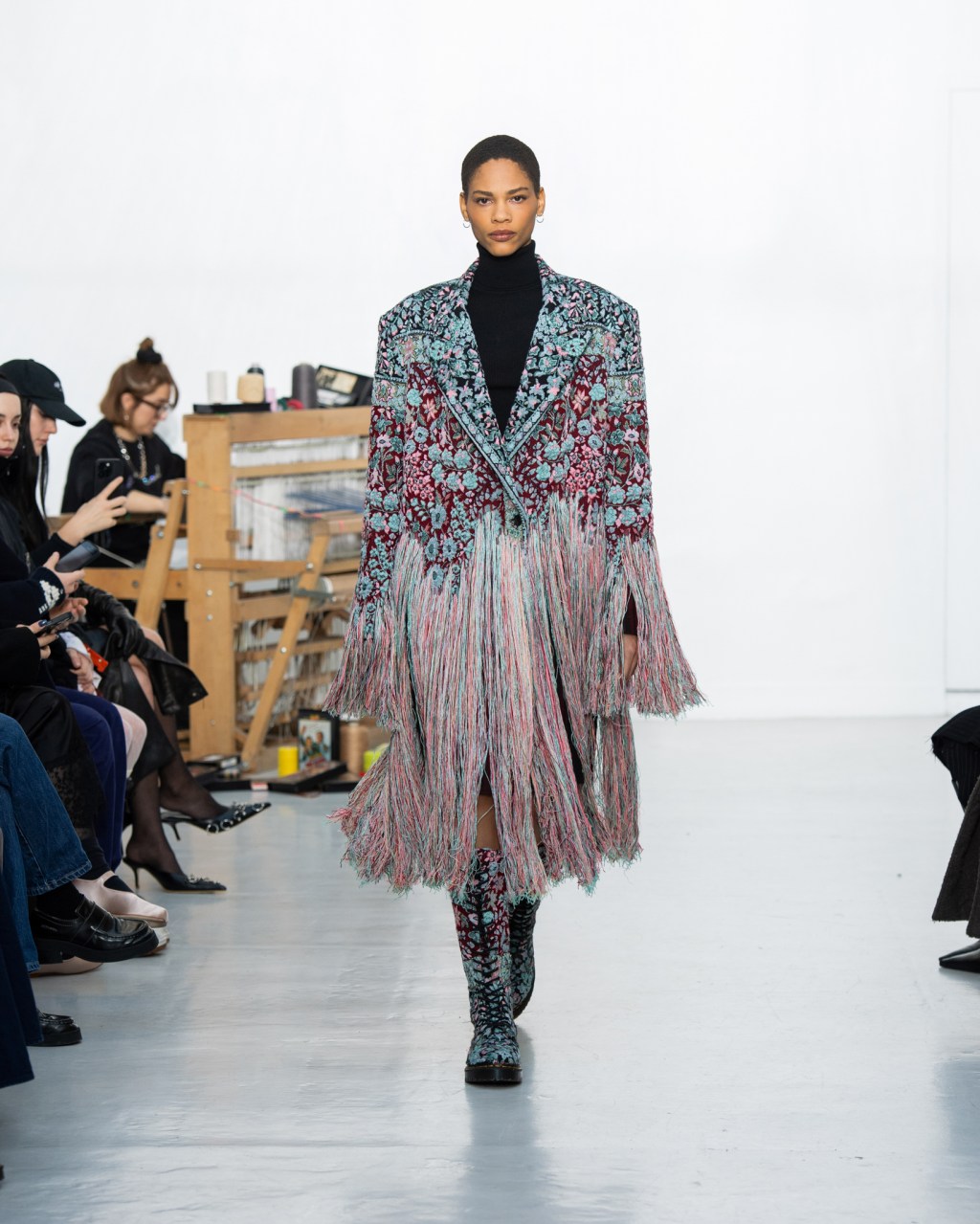Enthusiastic discussions, reunions, smiles, negotiations and trends… On June 5 and 6, blue fabric manufacturers and specialists from European brands who had come to discover the autumn-winter 2025-2026 proposals of some 80 exhibitors gathered at the Superstudio Piu in Milan for the Denim Première Vision show. A dynamic session that attracted more than 2,000 visitors and a large number of international brands, despite a complex context for the sector, affected by a slowdown in consumption in the mid-range and high-end market segments.
“The particularity of this period is that the sector does not face any challenges. The actors have little visibility in the medium term, which influences their strategy,” says Fabio Adami Dalla Val, director of the show. “Inflation is one point, especially in Germany, which is the largest denim market in Europe, but tensions between China and the United States are also having an impact on business, and the closure of the Russian market has affected several players , as well as logistical problems in Asia and in the Panama Canal. Without visibility, players seek peace of mind.”
In the halls of the fair it is observed that, although visitors are interested in the latest style proposals and look for innovations, 2024 is a complicated year and caution is the order of the day.
“2023 was a market bubble. In 2024 it will be more complicated, but we will return to pre-Covid-19 levels. I think we are heading towards a normalization of the market,” says Paolo Biondaro, international account director for the Italian specialist Elleti. The complex thing is that the demand is still there, but brands wait much longer before placing their orders. However, there is always a search for innovation and new products.”

In this context, upstream players are seeking to expand their reach: the Italian company specialized in denim treatments sees its clients develop sports proposals, now offering garment dyes on polyamides and developing treatment solutions for accessories.
FashionArt, which was taken over by Chanel at the end of 2022, is also exploring this avenue. The company offers solutions that involve material blends and is also developing techniques for using denim to make accessories and bags. All of this is done with the goal of creating something new and different. On the operational side, the company has acquired a laundromat to optimize its response times to deliveries to customers.
“The approach of the Turkish giant Isko this season is to focus on the fashion applications of its new fabrics and cuts. It has segmented its offer into five concepts. We wanted to respond to the market,” he explains at the manufacturer's stand. “We need to combine innovative technology with advanced fashion.”
While in recent years the focus has been on eco-responsible innovations that have transformed the top of the denim industry pyramid, are we seeing a slowdown in this trend?

Two opposing points of view were expressed at a roundtable with denim legends Marithé Bachellerie, Jimmy Taverniti, Adriano Goldschmied and François Girbaud.
“The new designers are totally blocked by the luxury giants, who appropriate all the trends. It is impossible for them to express themselves. When it comes to recycling, that has to stop. We have been talking about it for 40 years. But it is not possible recycle one piece of shit and then have two pieces of shit. We are heading towards disaster. It is up to the industry to change,” thundered François Girbaud with his legendary directness.
Adriano Goldschmied disagrees: “There are many limits, but technology is changing the scenario. We need to align technology and design. Digitalization offers incredible possibilities, at the same time it reduces prices and allows us to move faster. The era of biotechnology It opens the way to the possibility of leaving the oil era. And recyclability means that we can not only reuse products, but also create new materials.

At the fair, although in the short term the debates are commercially pragmatic, the actors present who aim at a premium universe are full of more responsible solutions and projects.
For the first time, Naia, the cellulose fiber division of industrial giant Eastman, had a stand at the fair with a solution specially developed for denim. This was a welcome alternative to the traditional practices of the sector… and reassuring for a part of the industry that had perhaps been discouraged in recent years by innovations that had not reached the industrial stage.
Isko, through the Re&Up solution developed by its parent company Sanko, offers brands and distributors the possibility of recycling their old textiles to create a new 100% recycled denim fabric. This has already been implemented in its lines and the group plans to develop other alternatives to reduce the need to use agricultural land to obtain its materials.
A local approach is being developed in Italy. This autumn the first harvest of Sicilian cotton will be produced thanks to a project by Eurotessile, Berto and FashionArt. To guarantee the end-to-end traceability of their products, transalpine companies have decided to grow their own cotton. A responsible and above all collective approach to face the challenges facing the industry.
Copyright © 2024 FashionNetwork.com All rights reserved.












